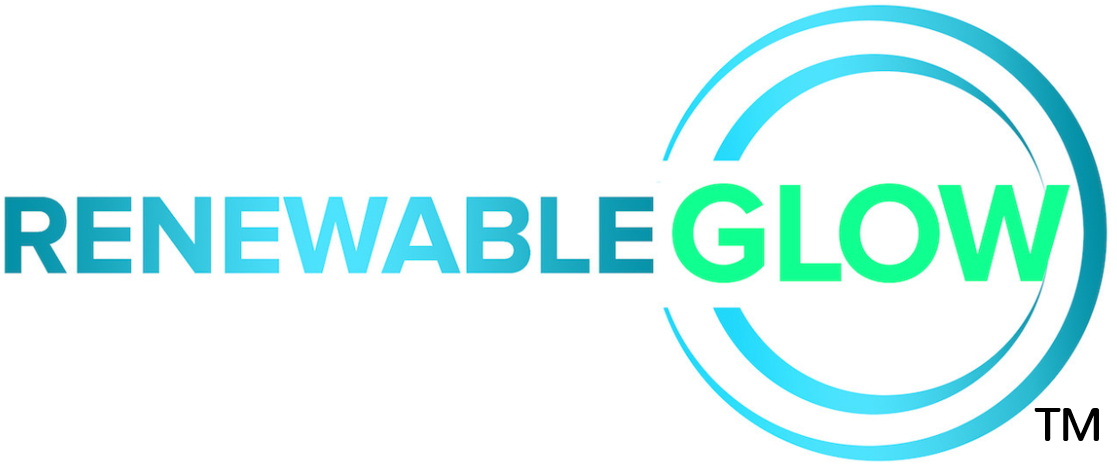Photoluminescent signs and electric signs serve different purposes and have distinct advantages:
1. Power Source:
– Photoluminescent Signs: These signs absorb and store light during the day or when exposed to artificial lighting. They emit this stored light in the dark, making them energy-efficient as they don’t require electricity.
– Electric Signs: Electric signs rely on a continuous power source to remain lit. This can lead to higher energy consumption and operational costs.
2. Maintenance:
– Photoluminescent Signs: They have low maintenance requirements since they don’t have electrical components that can malfunction. They typically last for many years without the need for repairs.
– Electric Signs: Electric signs can require regular maintenance to ensure they remain functional. This includes replacing bulbs, repairing wiring, and addressing electrical issues.
3. Visibility:
– Photoluminescent Signs: These signs are most effective in low-light or blackout conditions, providing a reliable source of illumination during emergencies or power outages.
– Electric Signs: Electric signs are visible at all times, day or night, making them suitable for constant advertising or information display.
4. Environmentally Friendly:
– Photoluminescent Signs: They are eco-friendly because they don’t consume electricity, reducing carbon emissions. They also don’t contain hazardous materials like some fluorescent bulbs.
– Electric Signs: Electric signs require electricity, which may come from non-renewable sources, and can contribute to environmental impacts.
5. Cost:
– Photoluminescent Signs: Initially, photoluminescent signs may have a higher upfront cost due to specialized materials. However, they can be more cost-effective in the long run due to minimal maintenance and energy savings.
– Electric Signs: Electric signs often have lower upfront costs, but ongoing electricity and maintenance expenses can add up over time.
6. Durability:
– Photoluminescent Signs: They are typically durable and resistant to weathering, making them suitable for both indoor and outdoor use.
– Electric Signs: Electric signs may be more susceptible to weather-related damage and require additional protective measures.
In summary, photoluminescent signs are advantageous for emergency wayfinding and safety applications, particularly in areas where reliable lighting is crucial during power failures. Electric signs are better suited for constant advertising and information display but come with higher operational costs and environmental considerations. The choice between them depends on your specific needs and priorities.

